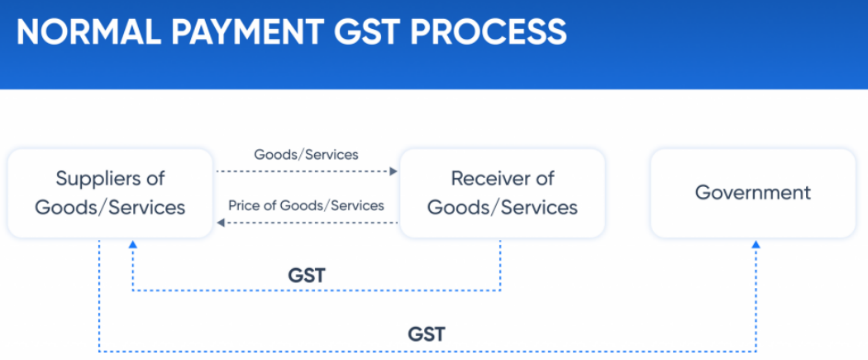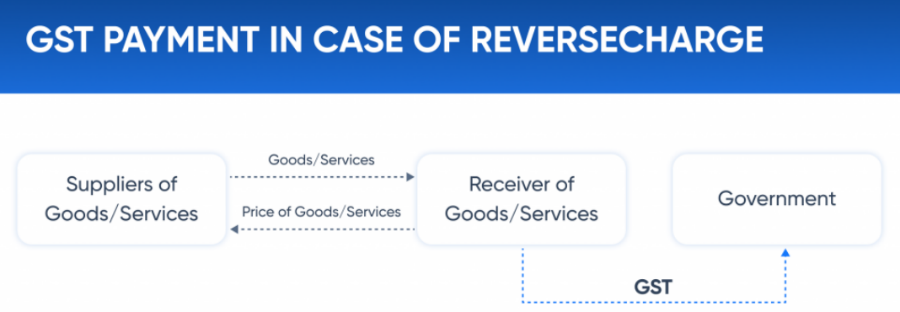Free Courses Sale ends Soon, Get It Now


Free Courses Sale ends Soon, Get It Now



Disclaimer: Copyright infringement not intended.
Context
What is Reverse Charge Mechanism?


GST rate under RCM

The Purpose of the Reverse Charge
The reverse charge mechanism's objective is to collect indirect tax from the recipient simply and conveniently, as well as to boost tax revenues more effectively when the supplier of certain products or services is located in the non-taxable territory or is unfamiliar with tax rules

© 2024 iasgyan. All right reserved